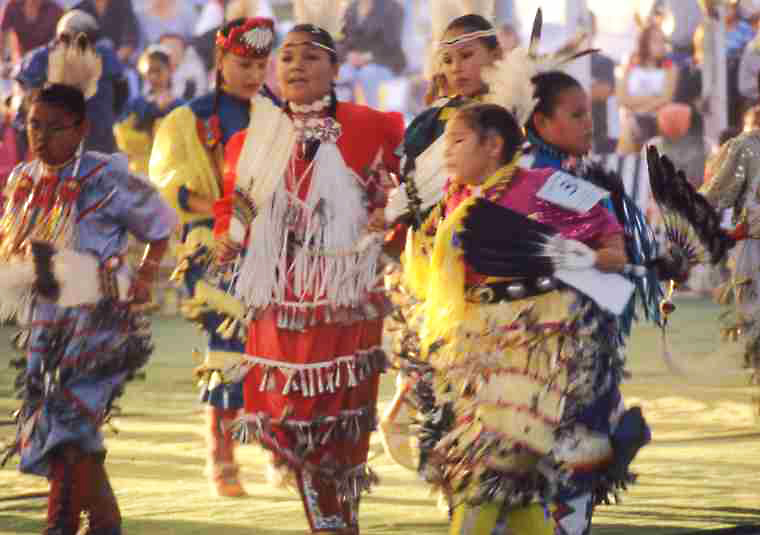Aboriginal people make up roughly 4% of the Canadian population, as of the 2006 census. Although this is a small percentage of the population of Canada, that does not mean that their natural human rights can be neglected. This is also why their lack of access to clean water and proper municipal facilities is a major environmental justice issue.
A number of first nations tribes are affected water quality issues, and depending on the severity of the situation, some often go years without access to clean drinking and bathing water. In January of 2012 Health Canada released a report with all the drinking water advisories since 2006 and the coinciding areas that were affected. This map details the tribes that have had a water advisory as well as the reason for the advisory.
 |
| Water Quality Map |
This map below details how long each area has been under advisory, as well as what type of advisory that was put into effect.
It is clearly visible from both these maps that this is no small issue, in fact a good chunk of First Nation tribes are affected by some form of water drinking advisory, a topic I will discuss in further detail in another post. Access to water is a basic human need, and these areas that are affected go on average, 772.6 days on some form of water advisory. Most of these areas either have no form of municipal water treatment, have a water treatment facility that is extremely outdated or at capacity, or have the treatment plant but do not have the properly skilled employees to run the plant, resulting in these 2+ year stretches and tribes left with severe health issues.
Because of these long periods of time, some are forced to boil all of their water for daily use, including for drinking purposes, showering and cleaning.



No comments:
Post a Comment